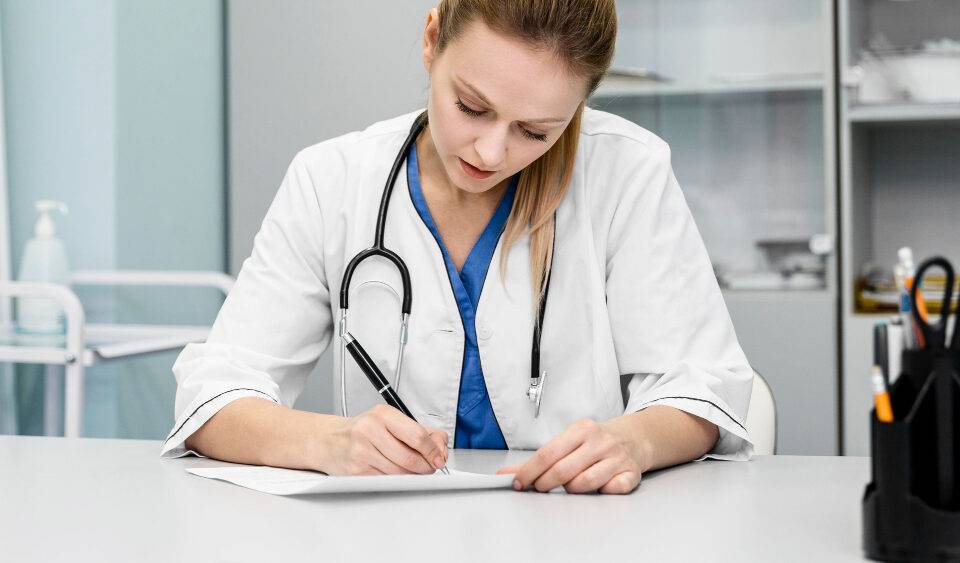
Drug safety and pharmacovigilance, which concentrate on the identification, evaluation, comprehension, and avoidance of side effects or any other drug-related issues, are essential components of healthcare. They are crucial to maintaining the safety of pharmaceuticals both during clinical trials and after they are marketed. Because of the increasing complexity of drug development, regulatory changes, and technological advancements, practices in this field are always changing.
Current Procedures for Reporting Adverse Events in Drug Safety and Pharmacovigilance:
- Systems for Unplanned Reporting: Manufacturers, patients, and healthcare providers notify regulatory agencies about adverse drug reactions (ADRs). These reports are essential for locating uncommon or unidentified side effects.
- The FDA’s Adverse Event Reporting System (FAERS) and other national databases are examples of regulatory databases.
- Pharmacovigilance relies heavily on signal detection, which involves identifying potential safety issues that need more research.
- Methods and disproportionality analysis are employed to identify indications of drug safety issues in unplanned reports.
RMPs, or risk management plans:
Manufacturers are required to provide risk management plans that list possible hazards along with the methods to reduce or eliminate them. These strategies include pharmacovigilance, risk mitigation, risk communication, and other risk minimization techniques.
When conducting clinical trials, pharmacovigilance:
With an emphasis on early detection of possible safety concerns, adverse events (AEs) during clinical trials are closely tracked and reported. Constant observation enables trial modification.
Pharmacovigilance in Clinical Trials:
Clinical trial adverse events (AEs) are closely tracked and reported, with an emphasis on spotting possible safety concerns early on. If a substantial safety risk is found, ongoing monitoring enables trial protocols to be changed and may result in trial termination or modification.
Benefit-risk analysis:
During the course of the drug’s life cycle, from clinical trials to post-market surveillance, the benefit-risk ratio is routinely assessed. A medication may be discontinued, restricted, or have its use altered in light of new safety information if the risks outweigh the benefits.
Tools for Collecting and Tracking Data:
Electronic Health Records (EHRs): With big datasets providing useful empirical evidence, EHRs are being used more and more to track ADRs.
Prospects for Pharmacovigilance and Drug Safety in the Future:
Real-World Evidence (RWE) and Real-World Data (RWD)
- Through the provision of a more thorough understanding of drug safety in the general population, RWD which is gathered from a variety of sources, including EHRs, claims data, patient registries, and wearables is transforming pharmacovigilance.
- RWE contributes to the validation of clinical trial findings and offers information on the long-term efficacy and safety of medications after they are marketed.
Machine learning combined with artificial intelligence:
- Pharmacovigilance is incorporating AI and ML more and more to automate data mining, trend analysis, and signal detection.
- To find ADRs that conventional reporting systems might miss, natural language processing is used to examine unstructured data.
- Additionally, by examining vast datasets and identifying patterns that might be overlooked, AI models assist in anticipating possible negative reactions.
Patient-centered strategies:
- Direct patient reporting of adverse events via online platforms and mobile apps, as well as patient-reported outcomes (PROs), is growing in popularity.
- Engaging patients directly will improve pharmacovigilance systems by promoting active participation in safety monitoring.
Post-Marketing Extension of Surveillance:
- It is anticipated that the trend toward more active post-marketing surveillance will intensify, with an emphasis on tracking medications following approval via observational research, post-marketing trials, and ongoing safety evaluations.
International Regulations:
- Global cooperation and the standardization of pharmacovigilance practices among nations and regions.
Superior Statistical Techniques:
- New statistical methods are being created to analyze complex data, evaluate benefit-risk ratios, and enhance signal detection.
- Pharmaceutical safety risk prediction will be improved by the ongoing development of Bayesian methods, machine learning algorithms, and data mining techniques.
Individualized Healthcare:
- Pharmacovigilance will become more personalized medicine-oriented, with a focus on how certain genetic factors affect the safety and effectiveness of drugs.
- To forecast adverse reactions based on individual genetic profiles, pharmacogenomics data can be incorporated into safety monitoring systems.
Partnerships for Cooperative Pharmacovigilance:
Increased cooperation between regulatory agencies, pharmaceutical firms, academic institutions, and patients may characterize the future of pharmacovigilance, establishing international networks for real-time drug safety monitoring. Safety detection could be accelerated through data sharing and safety information exchange.
Drug Safety and Pharmacovigilance Issues: Under reporting of Adverse Events
One significant issue is the under reporting of adverse drug reactions, which can distort safety data and postpone risk identification. Encouraging patients and healthcare providers to report adverse events is a constant struggle.
Protection of Information and Safety:
Large-scale patient data collection and sharing for safety monitoring raises privacy and security concerns.
Finding a balance between data protection and data use for public health goals will be essential.
Differences in Reporting Systems Around the World:
Nation-to-nation variations in pharmacovigilance policies and practices may hinder global monitoring.
This harmonization is necessary to enhance global safety surveillance. For conventional pharmacovigilance methods, the growing complexity of combination therapies, biologics, biosimilars, and novel drug formulations poses difficulties. For more recent drug types, it is crucial to have strong safety monitoring systems.
CONCLUSION
To sum up, pharmacovigilance and drug safety procedures are changing quickly due to developments in data collection, technology, and regulatory strategies. Future developments in this field indicate that real-world evidence, artificial intelligence, and personalized medicine will be used more frequently to improve patient safety and the efficacy of pharmacovigilance systems around the globe.



